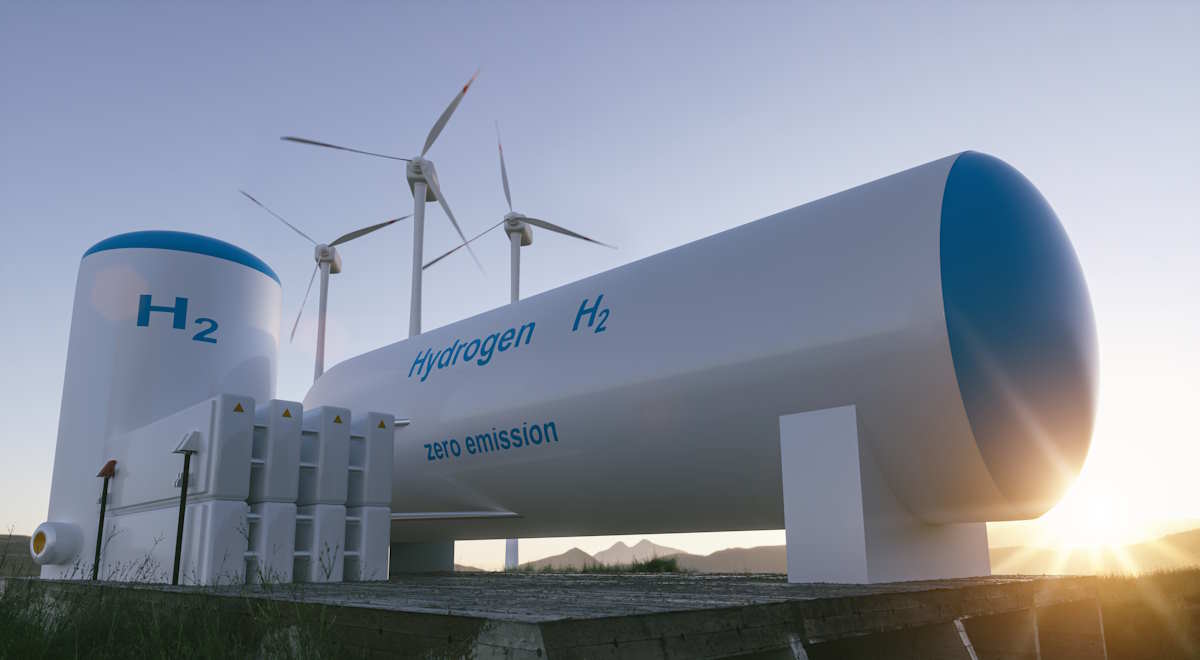The petroleum industry, perceived as traditional, is undergoing a significant transformation driven by the urgent need for greater efficiency and sustainability. Innovation is crucial amidst the global struggle to balance burgeoning energy needs with environmental concerns.

Cutting-edge tech and innovative methods revolutionize operations, boosting efficiency and markedly reducing petroleum activities’ ecological footprint. From extraction to distribution, this transformative wave underscores a pivotal moment in the industry’s evolution toward a more sustainable future.
In this article, we explore innovation’s multifaceted role in the petroleum industry, revolutionizing resource management through digitalization and novel extraction methods.
Technological Advancements in Exploration and Drilling
Finding new oil and gas reserves has become increasingly challenging as easily accessible deposits dwindle. However, advancements in seismic imaging techniques are providing a significant edge. Three-dimensional (3D) seismic surveys and sophisticated data processing algorithms enable geoscientists to peer deeper and visualize geological formations with unprecedented clarity.
This improved resolution enables the detection of subtle variations in rock properties that may contain hydrocarbons, even in complex geological settings. EDI Weekly reports that seismic technology has significantly enhanced drilling accuracy. As a result, the occurrence of dry holes has been reduced by 50%.
Also, advanced techniques like horizontal extended reach drilling (HERD) extend wellbores further into reservoirs, maximizing yield and minimizing surface footprint. Automation, including robotic drill rigs and autonomous downhole tools, boosts safety, efficiency, and data collection in the drilling process. These innovations are essential for ensuring the continued productivity of the petroleum industry while minimizing its environmental impact.
Enhancing Production Efficiency
Extracting the maximum amount of recoverable oil from a reservoir is crucial for economic and environmental reasons. Traditional production methods often leave behind significant quantities of trapped oil. Fortunately, innovation is unlocking these hidden reserves and boosting overall efficiency.
One approach is through Enhanced Oil Recovery (EOR) techniques. These methods use advanced tracer waterflooding and natural gas injection to enhance reservoir pressure and improve oil recovery. A 2022 report by Grand View Research estimates that the global EOR market is projected to reach $76.78 billion by 2030. It highlights the industry’s commitment to this strategy.
Innovation is also optimizing performance. Advanced downhole sensors and real-time data analysis tools give engineers a clear picture of reservoir conditions and wellbore health. It allows for proactive adjustments to production parameters, such as flow rates and artificial lift mechanisms, maximizing output while minimizing energy consumption.
Environmental Benefits of NIR Analyzers
NIR (Near Infrared) analyzers are emerging as game-changers for environmental monitoring within the petroleum industry. Unlike traditional methods, which often require extensive sample preparation and harsh chemicals, NIR analysis offers a fast, efficient, and environmentally friendly approach.
One of the most significant environmental benefits of NIR lies in their reduced waste generation. Traditional methods often involve collecting large samples, subjecting them to complex chemical processes, and disposing of the resulting waste. This can lead to a significant environmental burden, with hazardous chemicals potentially contaminating soil and water sources.
NIR analysis, in contrast, requires minimal to no sample preparation. In many cases, the sample can be analyzed directly, minimizing waste generation. Also, NIR does not require hazardous chemicals, eliminating the risk of environmental contamination associated with traditional methods.
According to Modcon Systems, NIR assists in measuring a wide range of petroleum properties. These include octane numbers, distillation points (IBP, T10, T50, T90, FBP), and chemical compositions such as PIONA, API gravity, and cloud point. Also, they measure flash point, Reid vapor pressure, viscosity, total aromatics, total olefins, benzene percentage, various xylenes, MTBE, and oxygenates.
You can read more about why NIR analyzer is ideal for monitoring petroleum to know how tech revolutionizes environmental practices in oil & gas.

Renewable Energy Integration
Innovative renewable energy integration is transforming the petroleum industry, enhancing efficiency and sustainability. As the world moves towards a low-carbon future, petroleum companies are investing more in renewable sources like solar and wind. These investments are helping to power their operations sustainably.
Integrating renewable energy into petroleum production has significantly reduced greenhouse gas emissions, with some facilities even achieving carbon neutrality. This integration also provides diversification and resilience benefits. It helps mitigate risks related to fluctuating oil prices and regulatory uncertainties.
In 2022, the International Renewable Energy Agency reported that around 300 GW of renewable energy was added globally, comprising 83% of new power capacity. In contrast, fossil fuels and nuclear energy together made up only 17%. To meet future energy needs, the amount of renewable energy must increase significantly, which is both possible and cost-effective.
Sustainable Practices in Refining and Distribution
Sustainable practices in refining and distribution are crucial for the petroleum industry’s environmental and operational goals. Innovations like advanced catalytic converters and cleaner fuel formulations have significantly cut harmful emissions. These include substantial reductions in sulfur dioxide and nitrogen oxides.
Also, minimizing water usage and improving wastewater treatment in refining are essential for sustainable resource management. By adopting sustainable practices in refining and distribution, the petroleum industry reduces its environmental impact. This approach also ensures long-term viability in a rapidly changing energy landscape.
Frequently Asked Questions
What are the environmental benefits of NIR analyzers in petroleum operations?
It provides environmental benefits in petroleum operations by reducing waste from inaccurate sampling and enhancing real-time, non-destructive analysis. This precision minimizes the need for extensive manual sampling and laboratory tests, leading to more efficient resource use and lower environmental impact.
How is renewable energy integration transforming petroleum operations?
Renewable energy integration significantly reduces greenhouse gas emissions and helps facilities achieve carbon neutrality. It also enhances operational resilience and diversification, mitigating risks associated with volatile oil prices and regulatory uncertainties.
What sustainable practices in refining and distribution lower emissions?
Sustainable refining and distribution practices lower emissions by using advanced catalytic converters and cleaner fuel formulations to reduce harmful pollutants. Also, optimizing logistics, like using alternative fuels for transportation fleets, further decreases the industry’s carbon footprint.
Innovating Towards a Sustainable Future
Innovation is the cornerstone of progress in the petroleum industry, driving efficiency and sustainability to new heights. By exploring the multifaceted role of innovation, the industry has embarked on a transformative journey towards a more sustainable future.
In transitioning to a low-carbon economy, the petroleum industry must innovate and adapt to remain relevant and resilient. Embracing innovation as a catalyst for change allows the industry to tackle environmental challenges while shaping a sustainable energy future. This commitment ensures a better energy landscape for future generations.